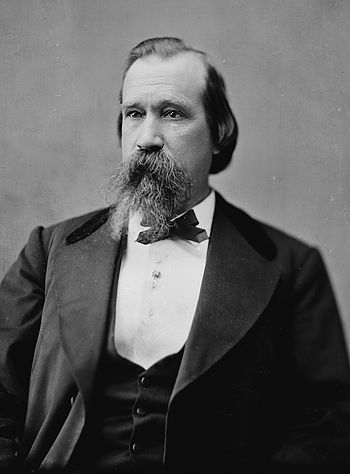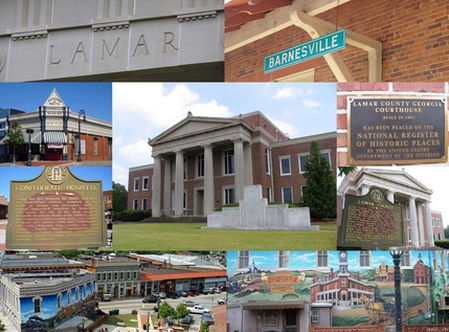
Who We Are…
Welcome to Lamar County, Georgia, a place of growth and development filled with tradition and small town values. Lamar County, with rolling landscapes and pecan and peach groves, is a fantastic place to raise your family, start your business, or establish an industry.
Located in west central Georgia, just south of Atlanta and north of Macon along several major highways, Lamar County is a short commute for residents working in these areas or businesses transporting goods throughout the southeast.
Lamar County was founded on November 2, 1921 by an amendment to the State Constitution. It is named after Lucius Quintus Cincinnatus Lamar, who served multiple terms as a United States Congressman, became a U.S. Senator, Secretary of the Interior under President Grover Cleveland and associate justice of the U.S. Supreme Court.
The county seat, Barnesville, was well known as the “Buggy Capital of the South” in the late 1800s and early 1900s. Barnesville had four buggy companies; most notably, the J.G. Smith and Sons Genuine Barnesville Buggies Factory. Since its beginnings over 25 years ago, the “Barnesville Buggy Days” festival has grown to become one of Georgia’s largest community festivals. Held annually the third weekend in September, the festival attracts more than 50,000 people and features crafts and a parade displaying original Barnesville Buggies.

Population in Lamar County has grown from the 1930 census figure of 9,745 to 18,317 in the 2010 census. The county has a total area of 186 square miles and several major highways that allow for easy travel including Interstate 75, U.S. Route 41, Georgia State Route 18 and Georgia State Route 36.
In 1872 Gordon Institute was founded and named in honor of General John B. Gordon, a Confederate soldier and statesman. Gordon Institute became Gordon Military College and educated and trained men who fought during World War II, the Korean War, and the Vietnam War. Gordon College joined the University System of Georgia in 1972 as an associate level institution. The college now boasts of an enrollment of more than 3,800 students and more than 40 programs of study.
Also of historical note are several homes and buildings in Lamar County. These include the Brown-Kennedy home (1850), the Jackson G. Smith home (1870), and the Gachet House (1821) which has been visited by three presidents.
Lamar County has a rolling landscape and is well drained by streams emptying into the Flint River and Ocmulgee River. Its agricultural land, with pecan and peach groves, is a little northwest of the geographic center of Georgia. Agricultural activities in the county include forestry, fishing, hunting, and mining.
After the treaty with the Lower Creek Indians was signed by Chief William McIntosh at Indian Springs in January 8, 1821, the land that comprised Monroe, Pike, and Crawford counties was ceded to the United States. English settlers came from Virginia, North Carolina, South Carolina, and older Georgia counties.
“Come Visit Us in Beautiful Lamar County, Georgia!”
